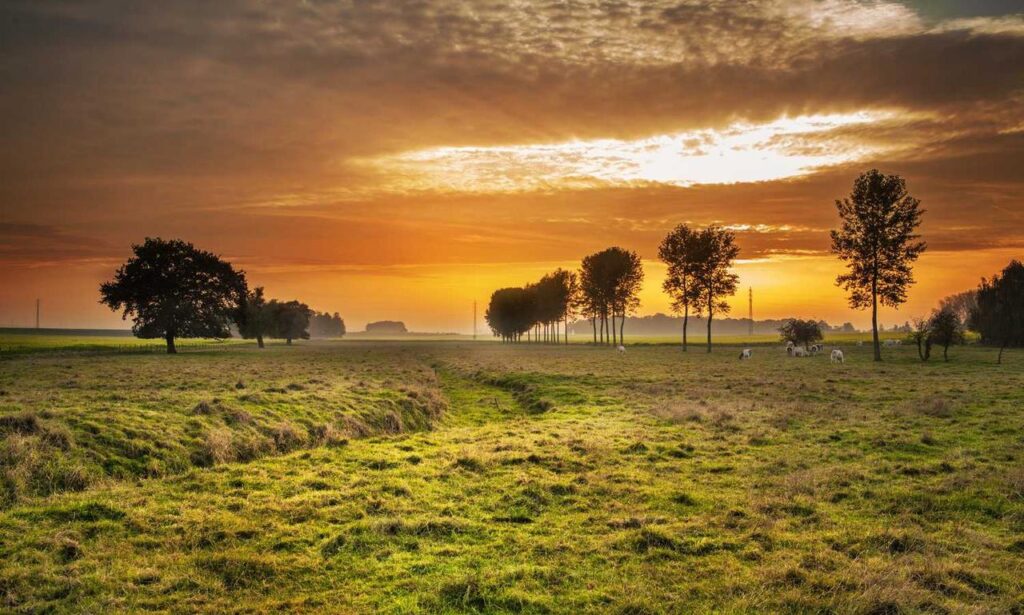What is anastigia?
At first glance, anastigia might sound like a fictional character or a niche coffee blend. In reality, it’s shorthand for a growing movement around curated living. It’s about getting ruthless with your time, cutting the excess, and focusing only on what fuels you. Think of it as an antidistraction philosophy — less noise, more signal.
Forget the bullet journal overload. Forget productivity hacks that leave you exhausted. Anastigia invites people to pare things down. Three tasks today, not thirty. One important conversation, not a feed full of halfscrolled hot takes. It centers around doing fewer things, but doing them deep and deliberately.
The DNA of the Movement
No fluff. Anastigia’s roots are built in a triad:
- Minimal input, maximum clarity – Less consumption, more intention.
- Digital detachment – Opting out of alwayson culture.
- Essentialism in action – Doing what matters, dropping what doesn’t.
It’s not monklike isolation or deleting your phone. It’s selective living. Choosing not to be everywhere, every time. Most people are drowning in apps, tabs, and opinions. Anastigia is about surfacing above the fog.
Why It Resonates Now
Burnout isn’t subtle anymore. People wake up tired, scroll their way through breakfast, attend meetings that could’ve been emails, and end the day halfpresent. Many want out — not in a dramatic way — but in a “Let me breathe again” kind of way.
Anastigia resonates because it’s practical. You don’t need a silent retreat or an entirely new lifestyle. You just need to stop crowding your life. You make space for peace with small, disciplined shifts. That’s enough to reroute how your day feels.
Core Practices Behind anastigia
Let’s get concrete. Living the anastigia way doesn’t mean rejection or rebellion. It’s action — just smarter.
Singletasking as a norm: Multitasking is a myth. Anastigia favors going deep: one screen, one task, one focus. You’ll get more done and feel less scattered. Deliberate yes, confident no: Every “yes” to a random request births ten hidden time drains. Anastigia trains you to guard your Calendar like it holds gold. Digital friction: Remove addicting apps from your phone. Add login hurdles. Make distraction inconvenient. Pause points: Before responding, before reacting, pause. Reflection slows you down in a good way.
It’s selfcontrol, not selfdenial. Your energy is a finite resource — spend it well.
RealWorld Use Cases
People are applying anastigia in different ways depending on their field or lifestyle:
Freelancers use it to protect creative time. Less admin, more flow. Remote workers carve out defined work hours without the “always online” pressure. Small business owners drop bloated marketing tactics and focus on what works. Students limit social media exposure for sharper study sessions.
One common result: better output, less mental drain.
You Don’t Have to Go Full Zen
This isn’t an allornothing deal. Anastigia isn’t about becoming a monk or living in grayscale. Keep your phone. Watch your favorite show. The difference is, you’re choosing those things — not drifting into them out of habit.
Start small:
One screenfree hour each morning. Limit meetings to afternoons. Schedule nonnegotiable quiet time, even if it’s just ten minutes.
Little changes compound. Then you look up one day and realize you feel…lighter.
anastigia vs. Other Movements
You’re probably wondering how this differs from stuff like “digital detox” or “mindfulness.” Similar, yes. But anastigia is less about rigid systems and more about embedded habits. No 30day bootcamps. No micromanaging your breath.
Where minimalism can get too austere and hustle culture gets too frantic, anastigia lands in the balanced middle. Do less. Do it better. Be clearer. That’s the whole game plan.
Why It’s Catching On
Here’s the real talk: everyone’s tired. Information overload is the new inflation. We’ve gone from 24/7 to 25/8 culture. Anastigia offers a believable exit without abandoning all modern comforts. You get a little more space — not from the world, but in your mind.
And in a world chasing more and faster, having a system that calmly says “less, but better” feels revolutionary.
The Takeaway
Adopting anastigia isn’t some huge lifestyle makeover. It’s about small, consistent shifts toward clarity. Reduce inputs. Protect focus. Drop what’s not essential. Whether you call it a mindset or a strategy doesn’t matter. What matters is that it works — and more people are catching on.
You don’t need more tools. You need fewer distractions. Choose better, then execute consistently. That’s the path. That’s anastigia.





